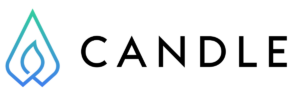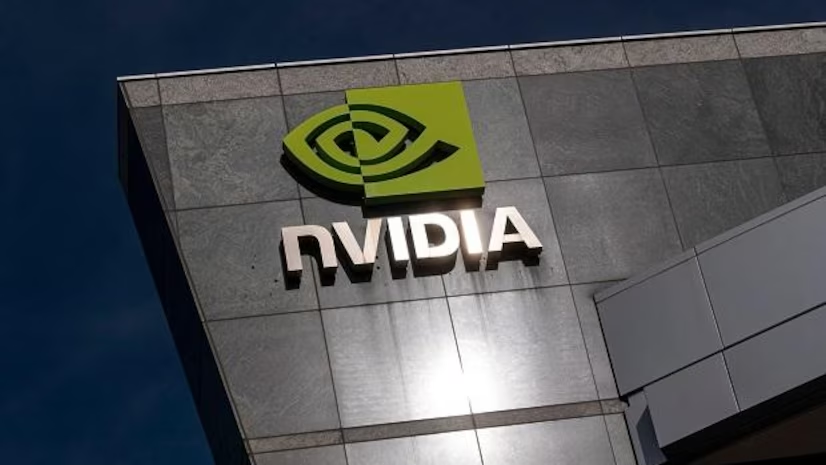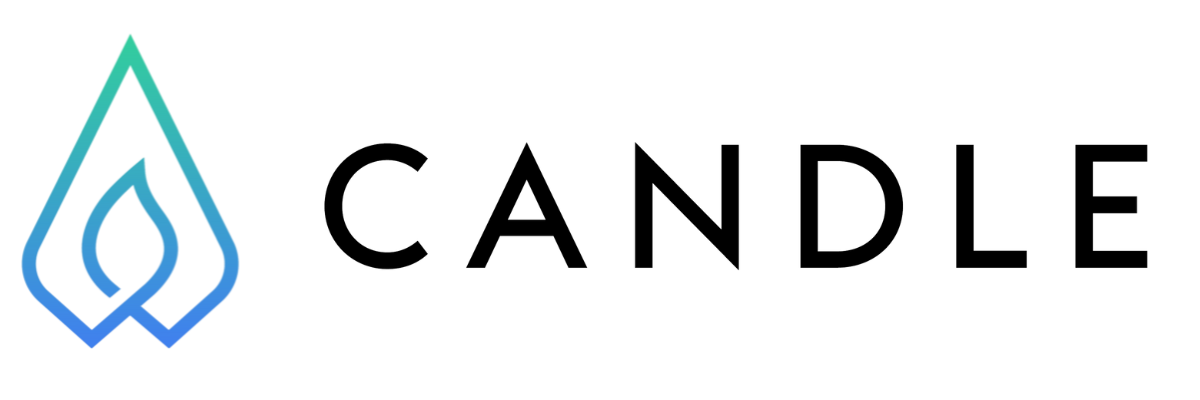The professional landscape is marked by documents that define the contours of careers and industries: resumes and job descriptions. These texts have evolved from rudimentary lists of qualifications and duties to metadata-driven profiles and requisites for modern vocations.
A Historical Sketch
The genesis of the resume can be traced back to 1482 when Leonardo da Vinci penned a letter to the Duke of Milan listing his capabilities, effectively crafting the first professional resume. For centuries, resumes were personal and idiosyncratic, reflecting individual career narratives without a standardized format. The Industrial Revolution heralded the need for a more structured approach to the workforce, evolving the resume into a concise document outlining one’s experience and skills.
Concurrently, job descriptions emerged out of necessity as employers sought to delineate the roles and responsibilities expected of their workforce. These have evolved from simple duty lists to comprehensive outlines that include required qualifications, experiences, competencies, and sometimes even behavioral expectations.
Interactions Through Ages
The interplay between resumes and job descriptions has been a dance of adaptation. The latter part of the 20th century saw job descriptions grow in complexity and resumes became more tailored. With the advent of the digital age and the introduction of Applicant Tracking Systems (ATS), keywords and optimization became the new norm. Resumes now had to be crafted to appeal to human readers while simultaneously satisfying algorithmic criteria.
Modern Challenges
In the contemporary job market, recruiters and companies face challenges with resumes and job descriptions. For resumes, the sheer volume received for each opening can be overwhelming. Studies suggest that corporate job openings, on average, attract 250 resumes, but only about four to six candidates will be called for an interview, and only one will be offered the job. Sifting through the data deluge to find the right candidate has become a Herculean task.
On the other hand, job descriptions often need to be more specific, deterring potential candidates or attracting an unsuitable pool. There’s also the challenge of keeping job descriptions updated in rapidly changing industries where new roles are constantly being created and old ones are evolving.
Addressing the Challenges
Companies and recruiters are using technology and innovative practices to combat these issues. The ATS has become more sophisticated, with many now capable of learning from past recruitment decisions to better screen future candidates. Enterprises also leverage big data to predict candidate success, using many variables beyond those listed on the resume.
On the job description front, companies increasingly use data-driven job analysis tools to ensure that their descriptions match the requirements and competencies needed for the role. This alignment is crucial in attracting the right talent and reducing turnover.
Diversity and Inclusion
An emerging challenge in modern recruitment is ensuring diversity and inclusion. Traditional resumes and job descriptions can unconsciously perpetuate biases. To address this, there’s a movement towards ‘blind recruitment’ where personal identifiers are removed from resumes to prevent bias. Job descriptions are scrutinized for language that might unconsciously deter diverse applicants.
The Future Landscape
Looking ahead, we can anticipate a future where artificial intelligence (AI) and machine learning increasingly drive the intersection of resumes and job descriptions. Real-time labor market data might feed AI systems that write job descriptions that reflect current trends and needs.
Professional networking platforms are already beginning to reduce the reliance on traditional resumes, and it’s plausible to envision a future where one’s digital professional profile is the primary resource for recruiters. These comprehensive profiles include validated skills, endorsements, and real-time peer reviews.
Conclusion
The future of resumes and job descriptions is a narrative of ongoing transformation. As we step into an era of personal branding, continuous learning, and AI-driven recruitment, these documents will morph to reflect the expertise and needs of the time. The challenge for recruiters, companies, and professionals is to adapt to these changes, ensuring that the essence of these documents as tools for connecting talent and opportunity is preserved in translation.







